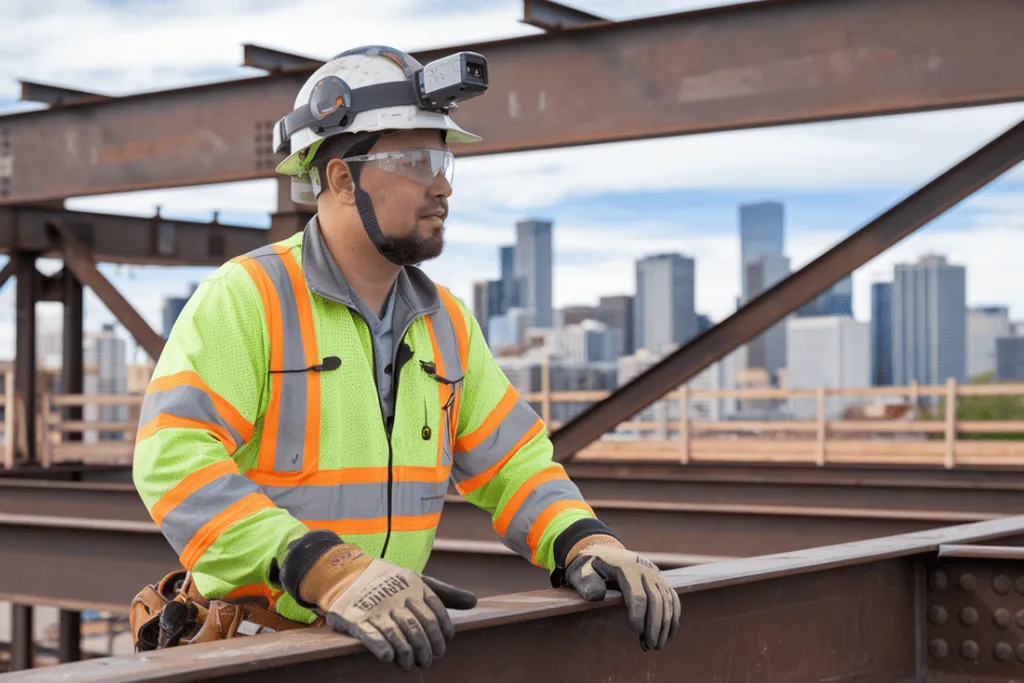In the relentless world of construction, where physical exertion and mental strain are daily companions, a new wave of research is emerging to tackle an age-old challenge: worker fatigue. Rezaul Karim, an associate professor in the Department of Civil Engineering at the University of Minnesota Duluth, has published a comprehensive review in the journal *Developments in the Built Environment* (translated to English as “Advances in the Built Environment”), shedding light on the latest advancements in monitoring and mitigating construction worker fatigue (CWF). His work promises to reshape how the industry approaches safety, productivity, and worker well-being, with significant implications for the energy sector and beyond.
Construction sites are dynamic environments where intense physical labor and high-pressure decision-making can lead to decreased alertness and increased accident risks. Traditional approaches to understanding and managing fatigue have often been siloed, focusing either on physical or mental aspects independently. However, Karim’s review highlights a promising shift towards integrated, real-time monitoring systems that combine physiological measurements with contextual work variables. “We’re seeing a convergence of neuroscience, ergonomics, and information technology,” Karim explains. “This interdisciplinary approach allows us to develop more holistic solutions that address both physical and mental fatigue.”
The integration of multi-sensor wearables and data-driven models is at the forefront of this evolution. These technologies enable real-time tracking of workers’ physiological states, providing immediate feedback and alerts to prevent fatigue-related incidents. For instance, wearables can monitor heart rate variability, muscle activity, and even brain waves to detect early signs of fatigue. When coupled with contextual data—such as task complexity, environmental conditions, and work schedules—these systems can offer personalized, task-specific recommendations to enhance worker safety and productivity.
The energy sector, with its demanding projects and high-stakes environments, stands to benefit significantly from these advancements. Construction workers in this sector often face extreme conditions, long hours, and complex tasks that require sustained mental and physical effort. By adopting these cutting-edge monitoring systems, energy companies can reduce the risk of accidents, improve worker well-being, and ultimately enhance project efficiency. “The goal is to create human-centered systems that not only track fatigue but also provide actionable insights to both workers and managers,” Karim notes. “This proactive approach can lead to a cultural shift in how we prioritize worker health and safety.”
However, the journey towards widespread adoption is not without challenges. Current research remains fragmented, with limited studies systematically connecting technological advancements to practical applications. Karim emphasizes the need for further integration of technological advances with organizational policies and cultural awareness. “It’s not just about the technology; it’s about creating a supportive environment where workers feel empowered to use these tools and where management is committed to acting on the data,” he says.
As the construction industry continues to evolve, the insights from Karim’s review offer a roadmap for the future. By leveraging advanced technologies and fostering a culture of proactive fatigue management, the industry can pave the way for safer, more efficient, and more humane work environments. For the energy sector, this means not only safeguarding workers but also ensuring the successful completion of critical infrastructure projects that power our world. The future of construction is not just about building structures; it’s about building a healthier, more resilient workforce.

